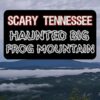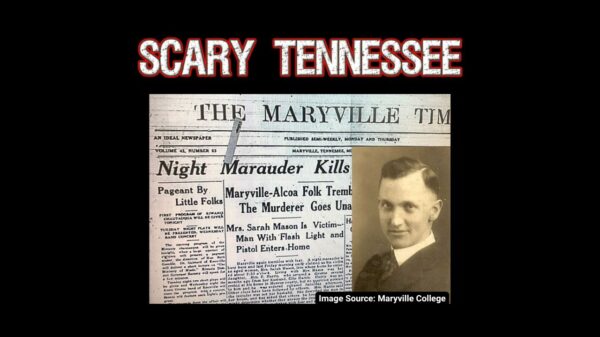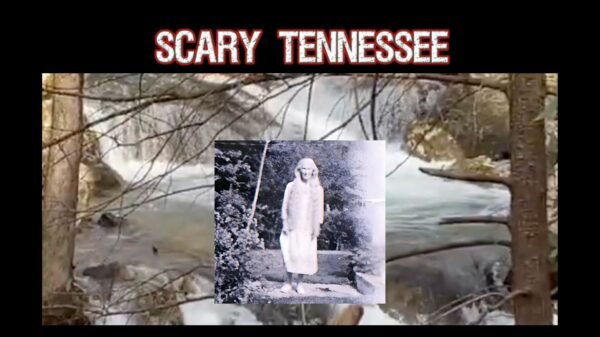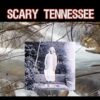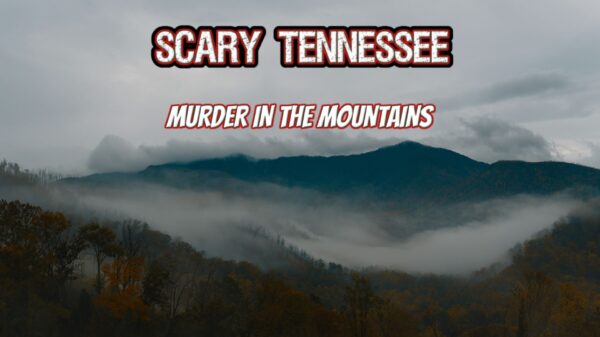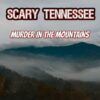Introduction: My grandmother, Leona Green, loved sharing stories, tall tales, history, and folklore from the Mountains of Tennessee, where she grew up. Whenever we visited her, she would captivate us with her storytelling. She was a master at spinning tales. Below is one of my favorites, based on a true story. –JC Bowman
In the breath of the early 1900s, amid the sweltering heat and humidity of eastern McMinn and Monroe counties, a figure loomed larger than life, a specter woven into the very fabric of the land—a man named Buster Duggan.
To call him an outlaw would be to miss the essence of the brutality of his existence, a tempest that stirred the anger of men and women alike. His name instilled a deep-seated fear that seeped into the marrow of their bones. And the whispering winds urged all to use caution with Buster Duggan.
He was born William Winfield Duggan in 1869 — the son of David Crocket Duggan, a man forged by the horrors of war. The elder Duggan returned from the Civil War battlefields with scars that ran deeper than his flesh.
Around the dawn of the second decade of the twentieth century, Buster became the specter that haunted Conasauga Valley.
Buster, a name that dripped from tongues with venom, grew into a man whose quick temper was matched only by his capacity for violence. He was a tortured soul and deeply troubled.
In East Tennessee, they whispered that Buster had blood on his hands—five souls, perhaps more, claimed by his wrath, including the blood of his own father-in-law and two former comrades turned foes, John Hicks and John Moses.
Every death resonated throughout the mountains and the valleys. Each death created fear and dread.






